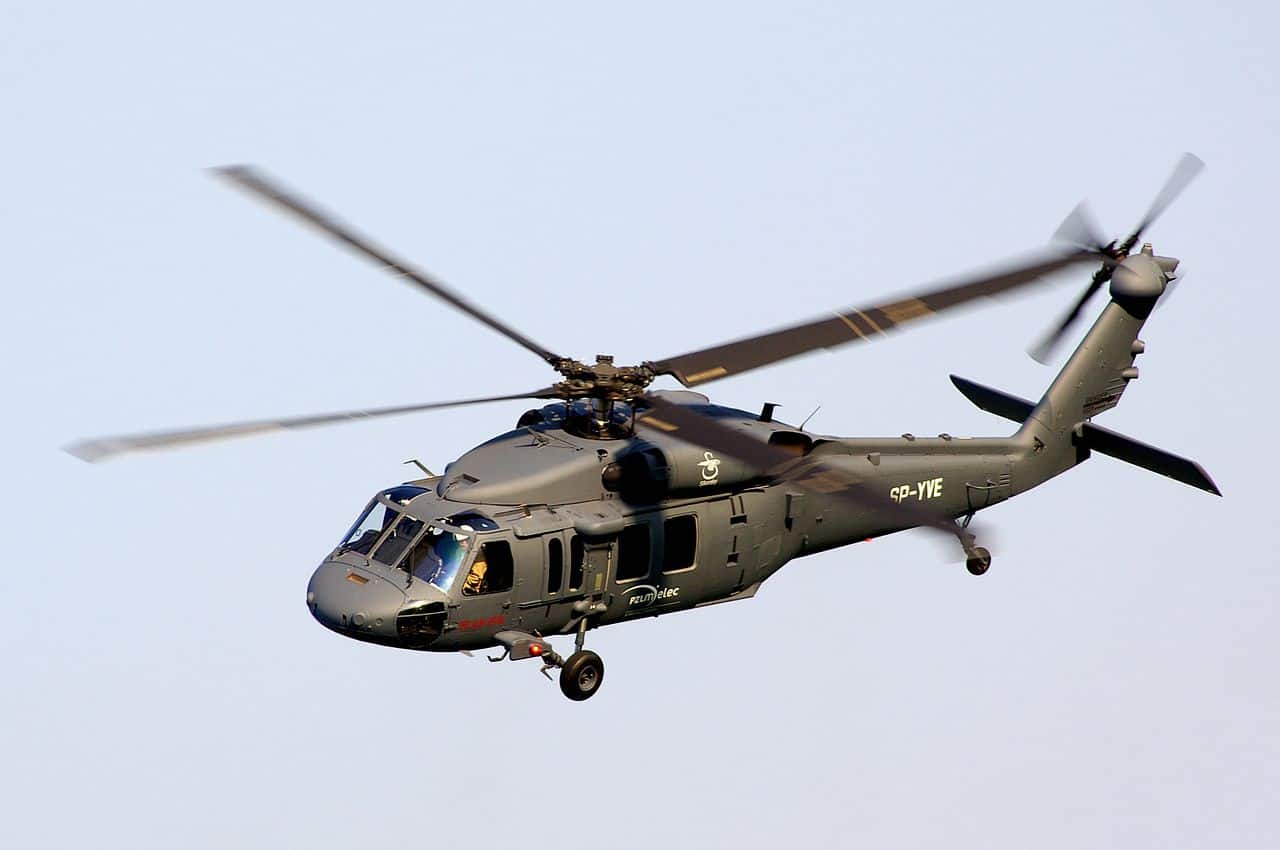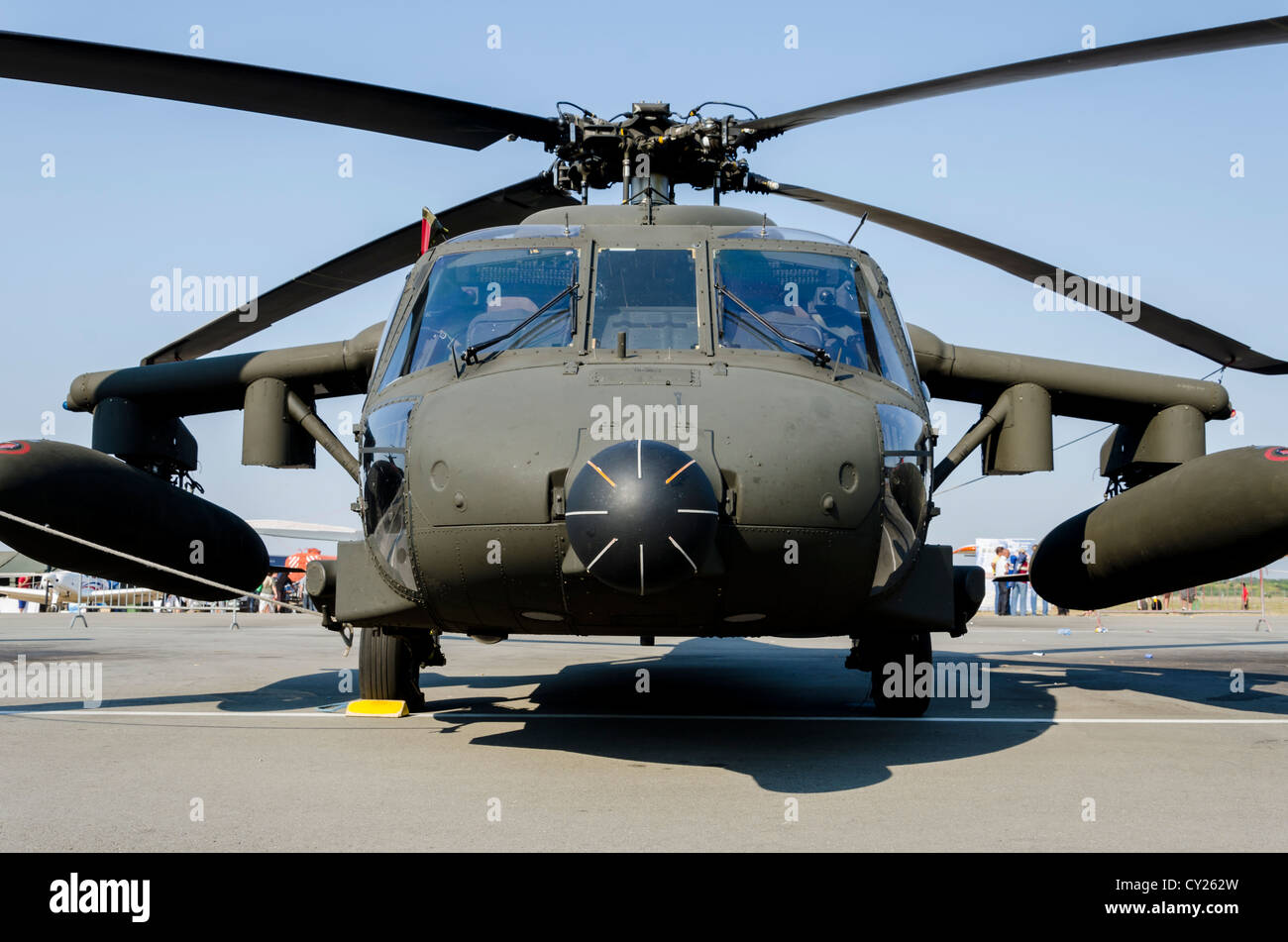Rotary-Wing Aircraft Offering Superior Resilience and Accuracy Engineering
In the realm of aviation, rotary-wing aircraft have actually long been identified for their one-of-a-kind capacities in different operational environments. As we explore the intricate equilibrium in between advancement and dependability in rotary-wing aircraft, it comes to be noticeable that the merging of advanced technology and proven layout concepts has established a brand-new requirement for performance and performance in the aerospace market.
Evolution of Rotary-Wing Technology
Throughout the background of air travel, the evolution of rotary-wing modern technology has been a testament to constant advancement and development in aeronautical design. From the early days of upright flight with rudimentary layouts to the sophisticated helicopters and various other rotary-wing aircraft these days, the development in this field has actually been amazing.
In the very early 1900s, pioneers like Igor Sikorsky and Juan de la Cierva made substantial strides in rotary-wing innovation. Sikorsky's VS-300 helicopter, initial flown in 1939, marked a turning point in the development of sensible rotary-wing aircraft. This success led the way for additional advancements in upright flight abilities.

Today, rotary-wing airplane play essential roles in various industries, including armed forces procedures, emergency situation clinical solutions, police, and commercial transportation. The evolution of rotary-wing technology continues to push the boundaries of what is possible in vertical flight, guaranteeing that these aircraft stay important possessions in the air travel market.
Products and Building Innovations
Demonstrating a fusion of advanced materials and precise construction techniques, rotary-wing aircraft have actually undertaken substantial innovations in longevity and efficiency. One of the essential developments in products utilized for rotary-wing airplane is the enhancing usage of composite products. These products, such as carbon fiber strengthened polymers, provide a high strength-to-weight ratio, enhancing both the architectural stability and overall efficiency of the airplane. Furthermore, developments in manufacturing procedures have enabled for more intricate and specific construction of rotary-wing parts, adding to improved the rules of aerodynamics and efficiency.
Furthermore, the combination of advanced finishes and surface treatments has actually played an essential duty in enhancing the toughness of rotary-wing aircraft. These finishings provide security versus deterioration, abrasion, and extreme weather, extending the life-span of the airplane and decreasing upkeep needs.
In terms of building advancements, additive production, also called 3D printing, has actually changed the production of complicated elements for rotary-wing airplane. This modern technology enables rapid prototyping and personalization, bring about much faster development cycles and decreased expenses. Generally, the continual advancement of materials and construction techniques is driving the abilities and performance of rotary-wing aircraft to new heights.
Precision Flight Control Solution

The integration of GPS modern technology even more enhances the precision and reliability of these systems, permitting accurate navigation, waypoint monitoring, and automated flight control. sikorsky s 70. This degree of precision not just enhances the safety and security of rotary-wing operations yet likewise boosts general functional effectiveness and goal efficiency
Moreover, the constant advancements in fabricated intelligence and equipment knowing have actually helped with the growth of autonomous trip capacities within Precision Trip Control Systems. This allows rotary-wing airplane to carry out complicated missions with exceptional precision and consistency, making them vital assets in a variety of applications, including armed forces procedures, search and rescue goals, and aerial photography.
Toughness in Challenging Environments
In requiring functional setups, rotary-wing aircraft demonstrate outstanding strength and robustness, making sure optimum efficiency under challenging environmental conditions. These aircraft are created to hold up against a large range of environmental aspects, consisting of severe temperatures, high winds, and harsh surface, making them appropriate for different missions in varied landscapes.
One vital element adding to the toughness of rotary-wing airplane is their sturdy building and construction. These airplanes are constructed making use of high-quality materials and advanced design strategies to boost their architectural integrity and reliability. Additionally, components such as rotor blades, engine systems, and landing equipment are diligently designed to hold up against the stresses and pressures come across throughout operations in challenging settings.
Moreover, rotary-wing aircraft are geared up with sophisticated onboard systems that monitor efficiency metrics in real-time, permitting for positive maintenance and very early discovery of prospective issues - sikorsky s 70. This aggressive technique assists avoid unexpected failings and guarantees the continued airworthiness of the airplane popular operational setups. In general, the resilience of rotary-wing airplane in difficult environments is a testimony to their exceptional engineering and style, making them important assets for different mission-critical operations
Upkeep and Reliability Requirements
The adherence to rigid maintenance and dependability standards is extremely important in guaranteeing the optimum performance and safety and security of rotary-wing aircraft. Normal maintenance checks, performed by certified technicians, are important to identify and attend to any prospective concerns before they endanger the aircraft's performance. These checks incorporate an extensive exam of all crucial parts, including the engine, rotor system, avionics, and hydraulic systems, to ensure that they remain in prime working condition.
In addition, adherence to scheduled maintenance periods based on producer standards is critical for supporting the airplane's integrity. This proactive method assists protect against unexpected break downs and makes sure that the airplane remains airworthy for its intended objectives. Furthermore, the execution of durable integrity standards, such as routine element testing and replacement based on established lifecycles, better boosts the airplane's stability.
Conclusion

Finally, the developments in rotary-wing aircraft innovation have resulted in remarkable toughness and accuracy design. With ingenious products and building methods, together with precision flight control systems, these aircraft can run in tough settings with boosted dependability. The upkeep and dependability standards ensure that these rotary-wing aircraft remain their website to execute at visit here their ideal, making them necessary possessions for different industries.
Demonstrating a blend of innovative materials and accurate construction strategies, rotary-wing airplane have undergone substantial improvements in sturdiness and performance. One of the vital technologies in materials used for rotary-wing airplane is the enhancing utilization of composite products.With careful attention to information and advanced technical combination, rotary-wing aircraft have welcomed Precision Trip Control Equipment as a cornerstone of their functional excellence. Overall, the longevity of rotary-wing airplane in challenging settings is a testament to their remarkable engineering and layout, making them essential properties for different mission-critical operations.
In final thought, the advancements in rotary-wing airplane technology have actually led to exceptional longevity and precision design.
Comments on “Sikorsky S 70: Enhancing Helicopter Efficiency and Versatility”